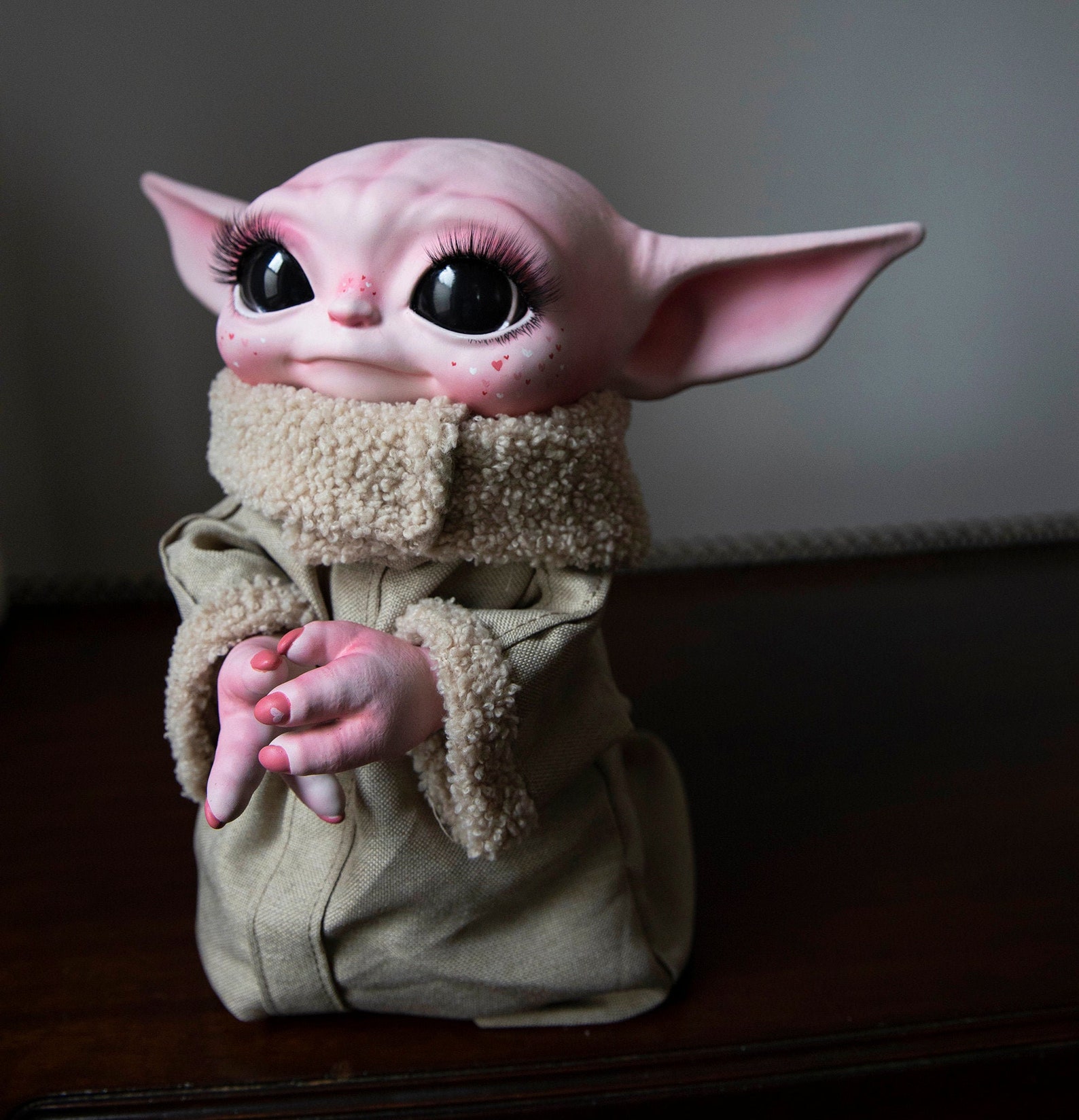
That sense of inferiority would last the rest of their lives. To the Clarks, these tests provided proof segregation gave African American children a sense of inferiority. The children would say the black dolls were "bad" and the white dolls looked most like them. The results showed the majority of black children preferred the white dolls to the black dolls. The Clarks asked the children questions such as which dolls were "nice" and which were "bad" and "which doll is most like you?"
Black baby doll skin#
The dolls were the same except two had a dark skin and two had light skin. In the experiment, the Clarks handed black children four dolls. Both psychologists, Kenneth and Mamie had conducted studies in New York City in the 1930s. Kenneth and Mamie Clark to repeat experiments with school children from Clarendon County, South Carolina. These scientists had been studying the effect of segregation on black children. Marshall and his legal team relied upon the work of a group of social scientists. To make their case, Marshall and his team needed to prove separate couldn't be equal. Supreme Court segregation itself was unconstitutional. By 1950, Thurgood Marshall and other NAACP lawyers hoped to convince the U.S. In prior cases, the NAACP won by showing the unequal conditions of segregated schools. Supreme Court had set a precedent that allowed segregation under the doctrine of separate but equal for 55 years by that point. School segregation was practiced in 17 states and the nation's capital. This is the doll's story.įor the National Association for the Advancement of Colored People, the legal landscape looked grim in 1951. Board of Education National Historical Park to commemorate the 60th anniversary of the U.S. In 2014, one of those dolls went on display at Brown v. Yet a set of baby dolls – two black, two white – played a key role in what many consider the most important legal ruling of the 20th century. NPS Photo by Visual Information Specialist Preston WebbĬhildren's toys aren't usually talked about by the U.S. Kenneth and Mamie Clark that would later be used in Brown v. Got a little nurturer who loves to hug and care for their dolls? Check out our picks for the best dolls you can get your petite parent.This doll was one of four dolls, two black and two white, used in the experiment conducted by Drs.

There are dolls in all of these categories at every price point on our list. Some high-tech baby dolls even wet themselves and cry until you change them - an interactive feature that kids oddly go bananas over.

Tech Type: Baby dolls range from soft, squishy toys to toys with movable arms and legs.Cost: Hold onto your hats, parents, and caregivers - because these dolls can go from under $10 to hundreds of dollars (yes, you read that right!).Older kids may want more sophisticated, pretend play dolls that focus on accessories and style.

Age: Young babies need soft toys without things like sewn-on eyes or small parts that can become choking hazards, while older preschoolers tend to like more detailed baby dolls with lots of bells and whistles.Baby dolls can surprisingly get a bit expensive - and since the big-dollar baby dolls are heirloom-quality, the sticker shock can be quite high, especially considering there are likely cheaper dupes on the market. Buying a baby doll isn't a big undertaking, but there are a few things you should think about before making your purchase, such as your child's age, your budget, and if you want it to be a low-tech or high-tech toy.


 0 kommentar(er)
0 kommentar(er)
